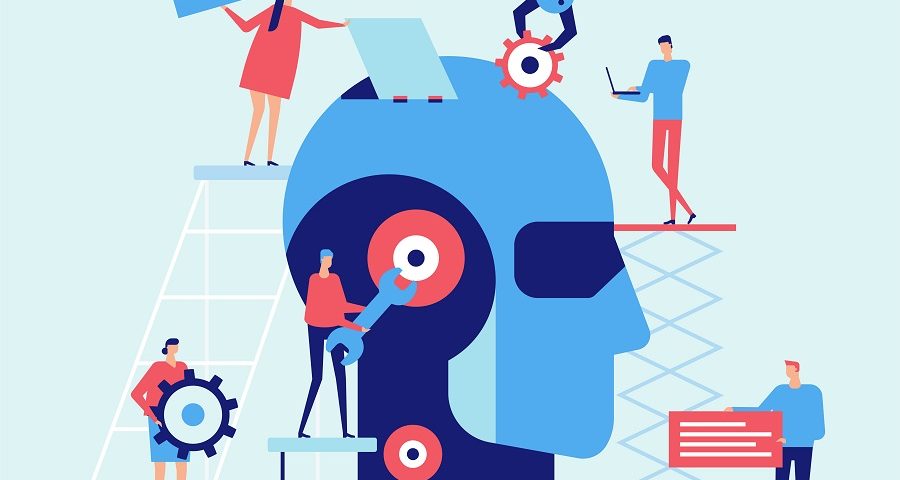- Have any questions?
- 888-432-8878
- steve@sebackground.com
A Human Resources Information System, or HRIS, is a software system that collects and stores data on organization employees. It is the most used and efficient software in HR. An HRIS is also known as HRIS software, HRIS system, HRMS, or Human Resources Management system. An HRIS mostly includes the essential functionalities required for end-to-end Human Resources Management (HRM).
HRIM consists of a system for recruitment, performance management, learning & development, among others. The HRIS can run either on the company’s technical infrastructure or can also be cloud-based.
Benefits of the Human Resources Information System (HRIS)
Record-keeping
An HRIS effectively keeps records of changes to anything related to the employees of an organization.
Compliance
Through this system, a certain amount of data is collected and stored for compliance reasons. This includes material for identification of employees in case of theft, fraud, or other misbehaviors, and first contact information in case of accidents, citizens’ identification information for the tax office, and expiration dates for mandatory certification.
Efficiency
An HRIS is efficient in the form that all information is stored in one place, and it enhances accuracy and is time-saving.
Self-Service HR
The HRIS can offer self-service HR for the employees and managers. The system allows employees to manage their affairs.
Different kinds of HRIS systems & software
There are different kinds of HRIS systems and software. Because HRIS includes varied functionalities for the HR, some of them include:
Applicant Tracking System (ATS)
This software manages the recruiting needs of an organization. It tracks candidate information and resumes, allows recruiters to match job openings to suitable candidates, and assists in the hiring process.
Payroll
Payroll automates the pay processes of an organization’s employees. The contractual data is often entered into the HRIS system, and at the end of each month, payment orders are easily created.
Benefits
Another functionality of HRIS is benefits management. The system effectively manages employee benefits, which are a crucial part of compensation in an organization. More advanced HRIS systems also offer a self-service model for the benefit of the employee, wherein the employees can themselves look into and select the benefits they are looking for.
Time & Attendance
The time and attendance feature of an HRIS collects time and attendance data from employees. Based on this data, the payment orders are effectively generated at the end of the month and duly paid to all employees.
Training
The training module of the HRIS allows the HR to track qualification, certification, and skills of the employees, as well as offer available and suitable courses for company employees. This module is often called as LMS, or Learning Management System, which includes available e-learning and other classes to be followed by employees.
Performance management
Performance management is a crucial part of the HR department. Performance ratings are generated by the HRIS once or multiple times every year by the direct manager or supervisors/managers of the employee.
Reporting & Analytics
This is one of the rare modules of the HRIS system where automated HR reports are created on topics like employee turnover, absence, performance, among more. The analytics includes the analysis of this data for better decision making.
HRIS implementation in steps
Software implementation can be divided into multiple stages:
Search
In this phase, the specific demands of the organization are taken into consideration. Based on the requirements, a list of useful and compatible vendors is made and shortlisted. These vendors are then invited to create a proposal. At the end of this search phase, a consistent provider is selected.
Planning and Align
In this phase, the organization chooses an implementation partner, create a steering committee, and an implementation team. The steering committee consists of senior personnel from the vendor/supplier. The implementation team is concerned with day-to-day implementation.
Define and Design
In this phase, user groups are designated, and processes and workflows are implemented. The team further discusses the functional and technical requirements for the organization’s infrastructure, system, and security.
Configure and Testing
In this phase, a core test team is formed that examines the system and suggests the required improvements. After that, a user acceptance test is done by bringing in several users to give their final feedback.
Train and Communicate
Before the Go-Live moment, the technical staff is trained, and communication plans are developed. Also, FAQs and other support documents are created to benefit software implementation and uptake.
Deploy and Sustain
This is the last phase, where the corporation is fully ready for Go-Live. Once all support processes are implemented and available, the system Goes-Live. Constant and accurate communication on the network and among the employees of the organization is crucial here.
The post What are the Human Resources Information Systems? appeared first on The HR Digest.
Source: New feed





